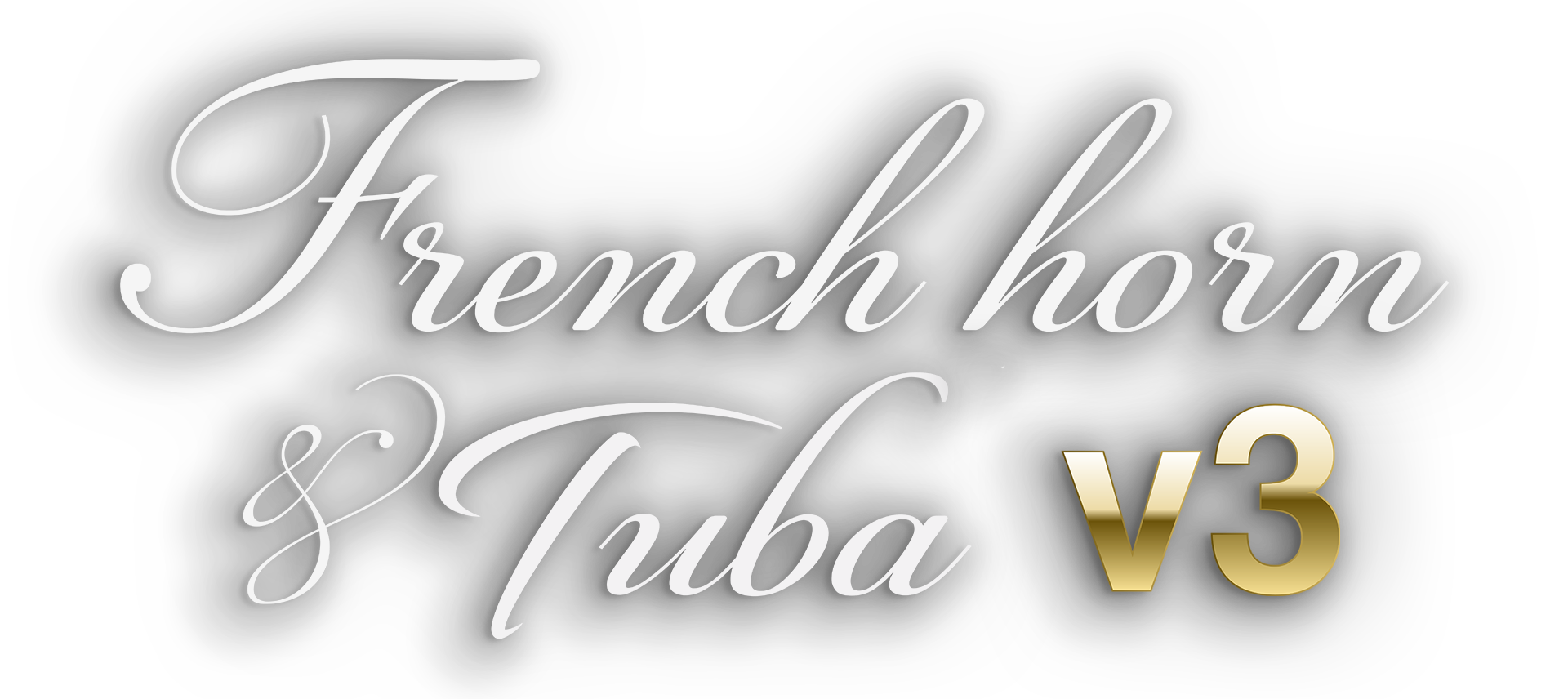
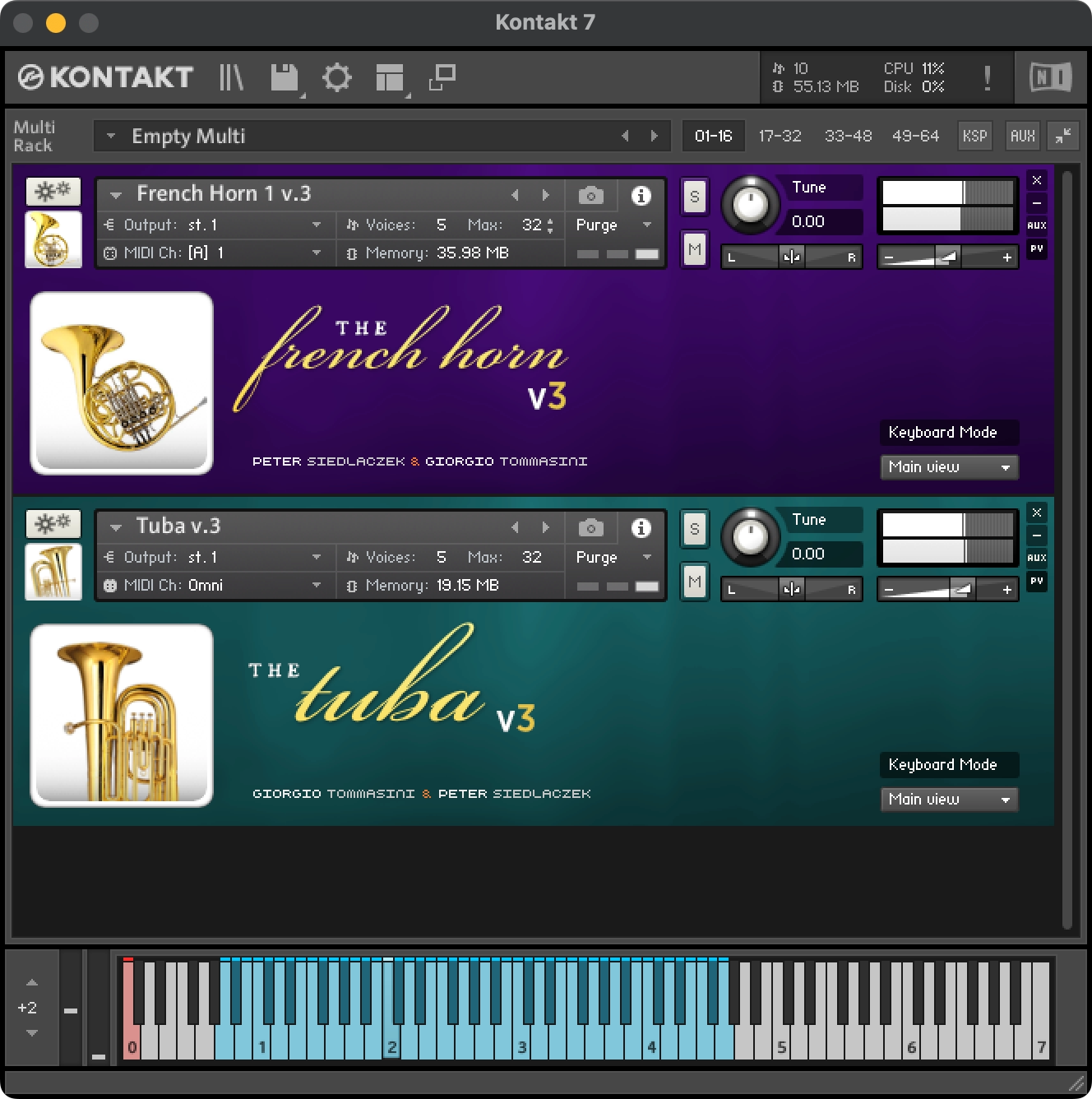

Windows 7 or later, 32 or 64 bit
Intel or Apple Silicon, OS X 10.8 or later.
The French Horns & Tuba package includes four different French Horn, a ready-to-use Unison Ensemble Multi suitable for unison playing from a single MIDI source, and a Tuba. Each instrument includes several mutes, namely Straight, Wooden Straight Mute, the Stop Mute, or Brass Stop Mute, and for special purposes, some additional effects that can be loaded from within the French Horn Mute menu: “Bell Res. 1-3”
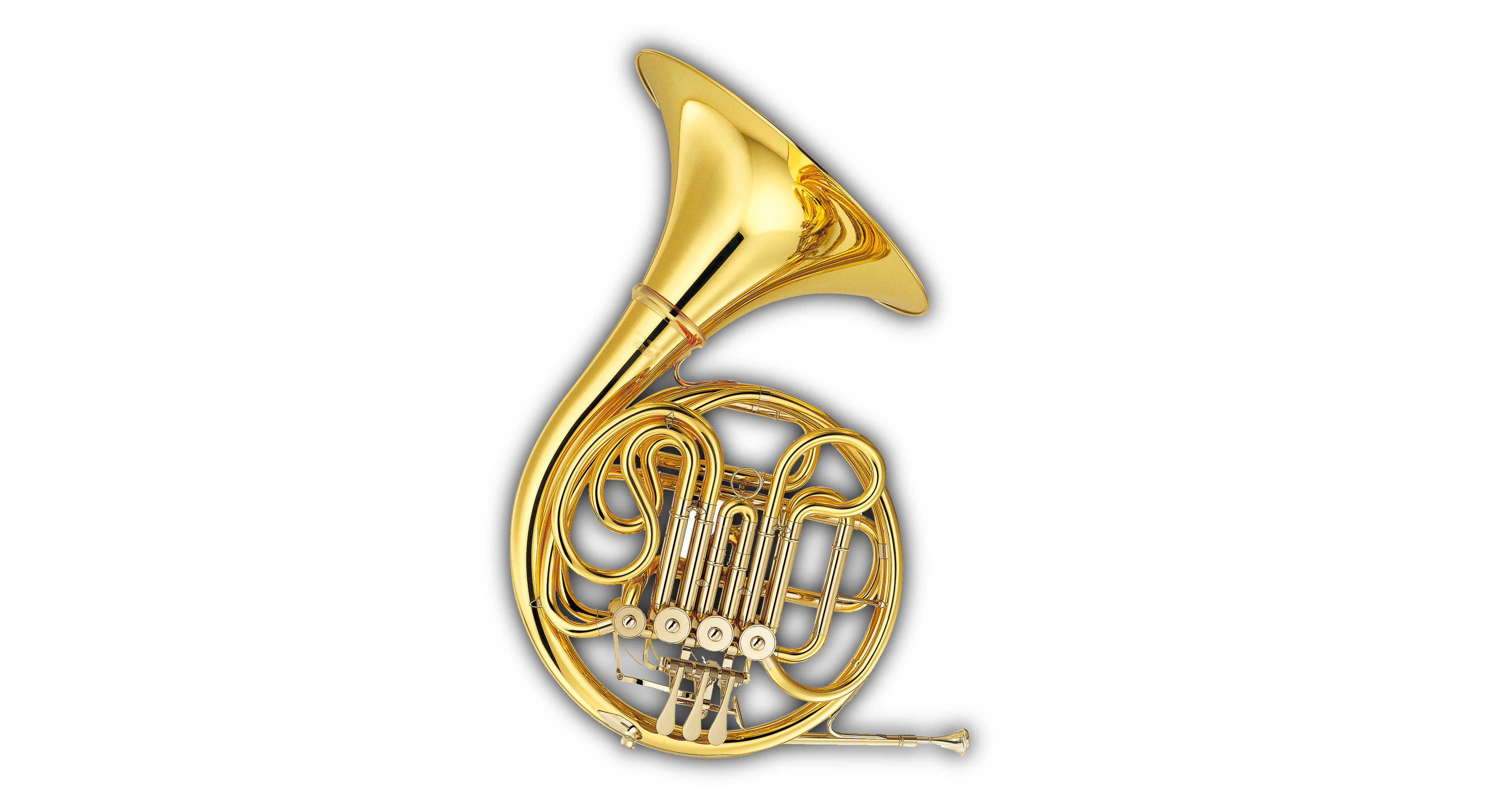
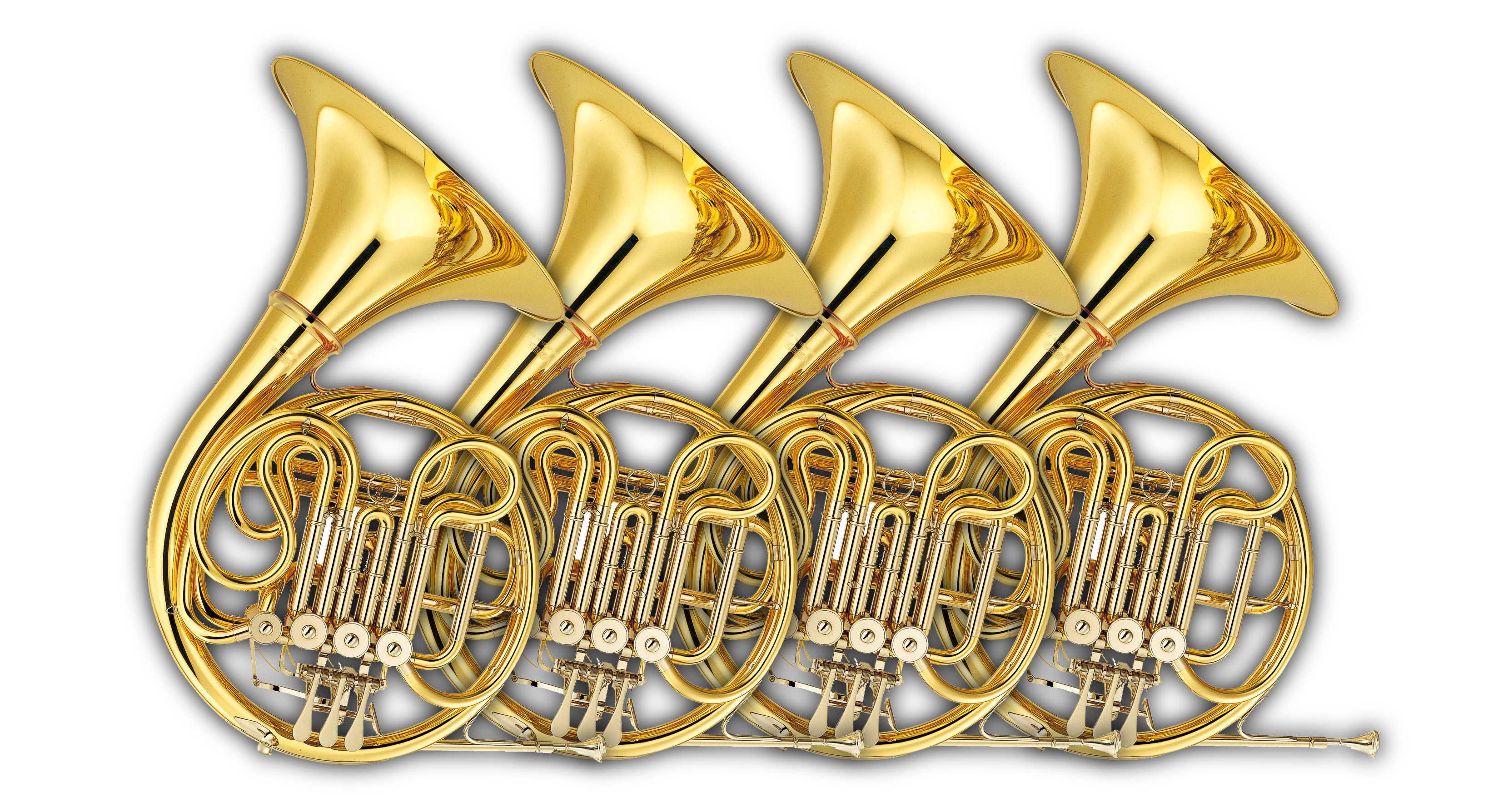
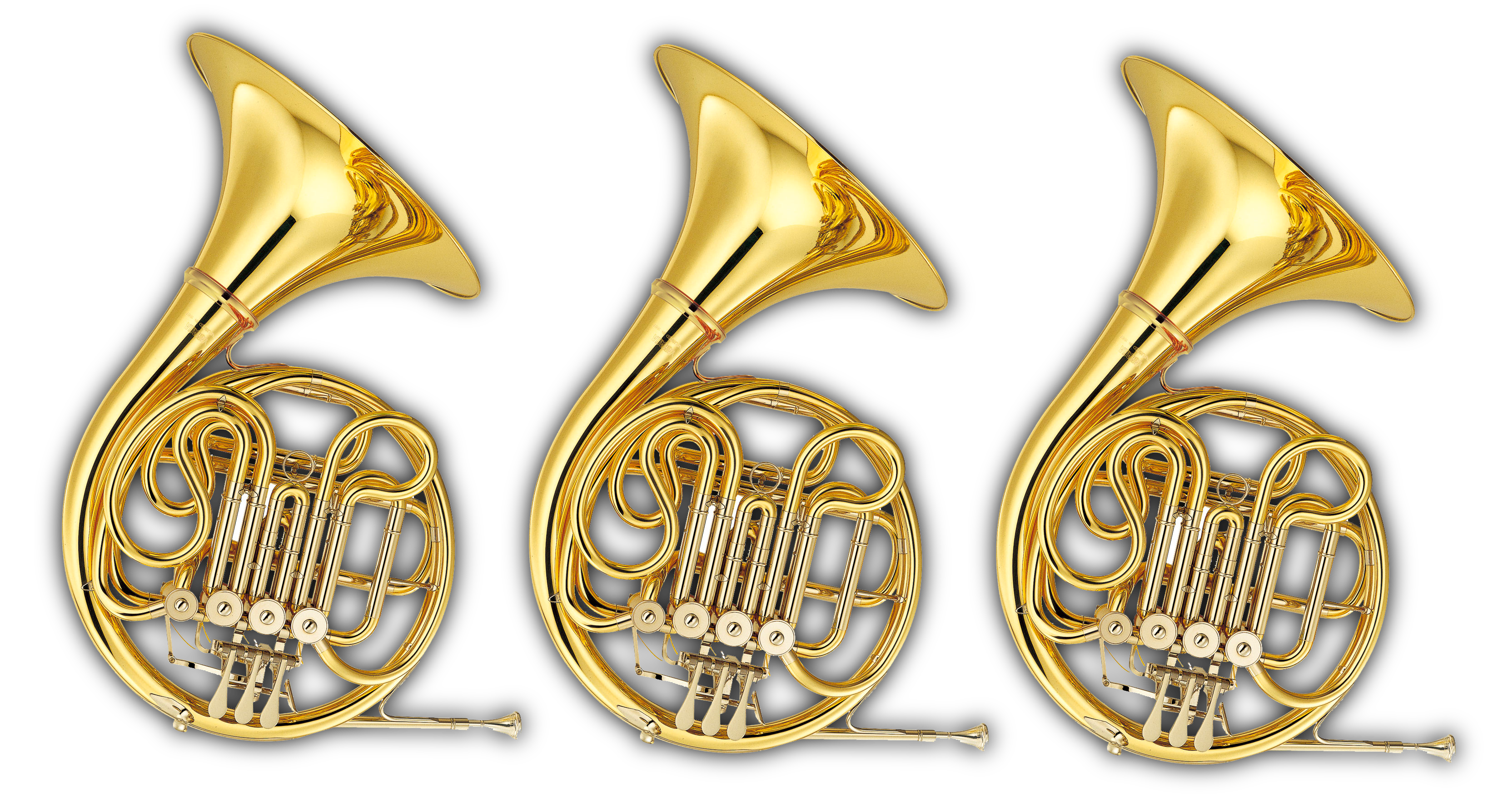

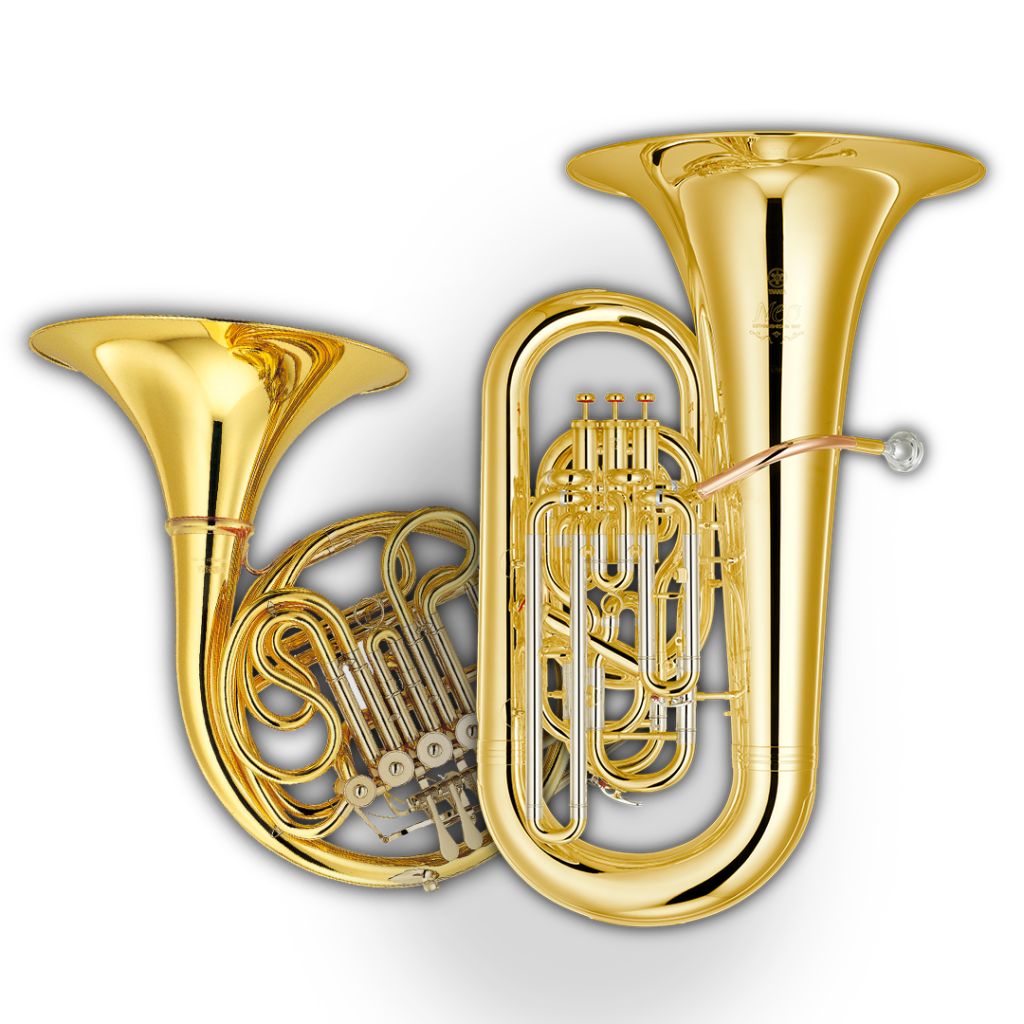
French Horn & Tuba v3 allows you to control almost every aspect of the sound, from breath emission to pitch shifts on attacks, vibrato, growl, flutter-tongue, vibrato-rate, attack-modulation etc…
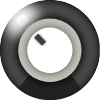
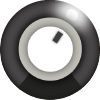
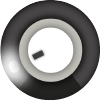
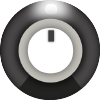




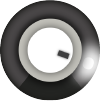





Samplemodeling French Horn can reproduce the marked timbral changes coupled with the dynamics in a continuous manner, from a warm and intimate Pianissimo to vibrant and epic Fortissimo. It also captures the multi-directional emission pattern of the real instrument, resulting in a full, wider sound. The pack also includes a Tuba with the same properties, covering the range of the whole tuba family from Contrabass Tuba to F Tuba.
Sample libraries typically employ several pre-recorded dynamic layers, utilizing cross-fades and volume matching techniques.
Samplemodeling proprietary “Harmonic Alignment” technology allows continuous transition across the dynamics without any side effects.


No pre-recorded articulations as in conventional libraries. You’ll be able to recreate virtually infinite types of articulations by the interaction of key velocity, expression controller, pitchwheel and modwheel, plus some additional MIDI CCs for special effects.
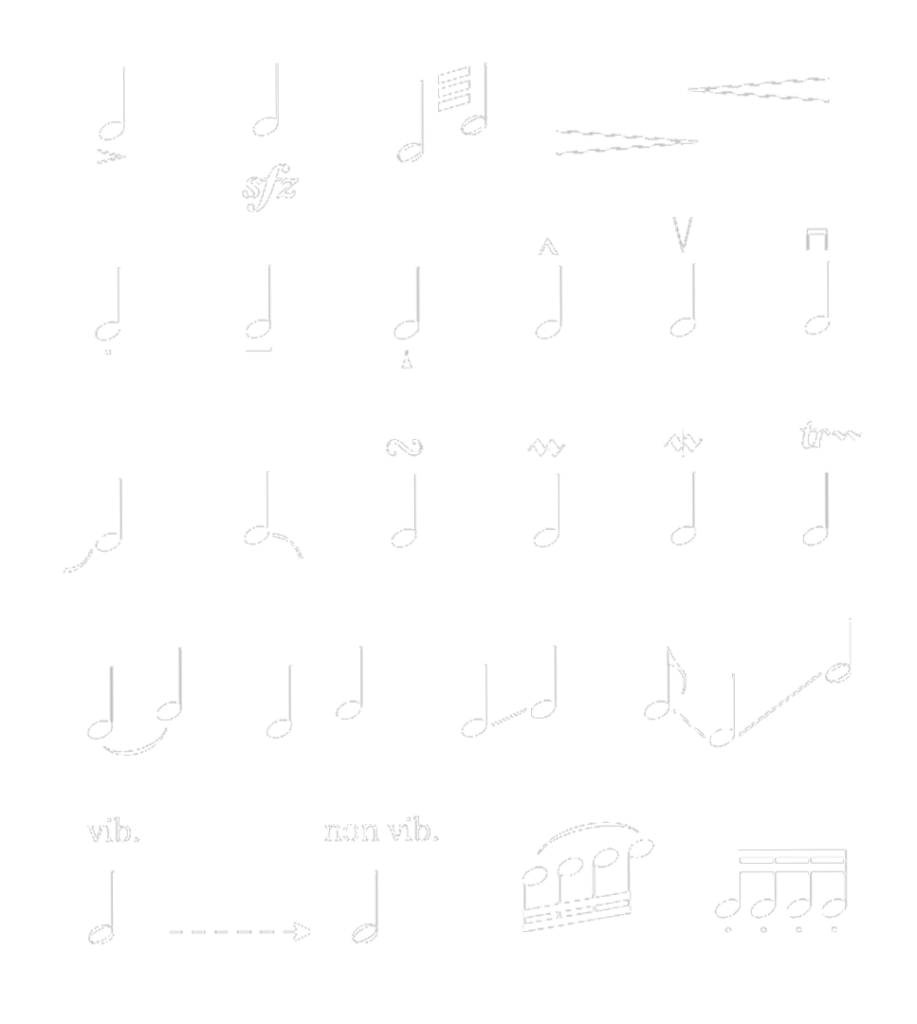




Experience the iconic 20th Century Fox Fanfare performed with Samplemodeling Full Brass. Watch as Mark’s mockup delivers powerful, full brass rendition, re-creating the classic intro.
– Samplemodeling Brass (added csb horns for more thickness)
– spitfire symphonic woodwinds
– orchestral tools berlin strings
Sample Modeling Brass + Infinite Brass – A Marvelous Combination (Superman Theme). Video Created by Leandro Gardini, all rights Reserved.
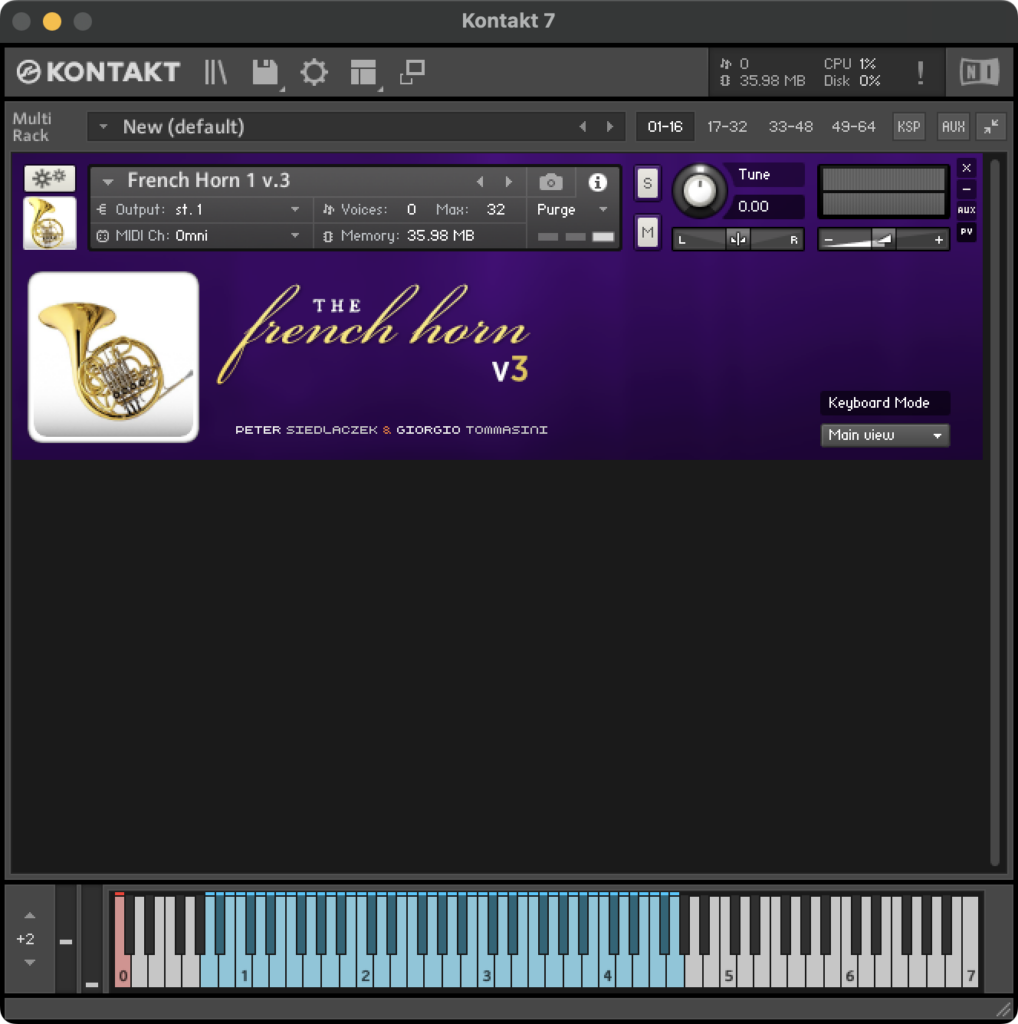
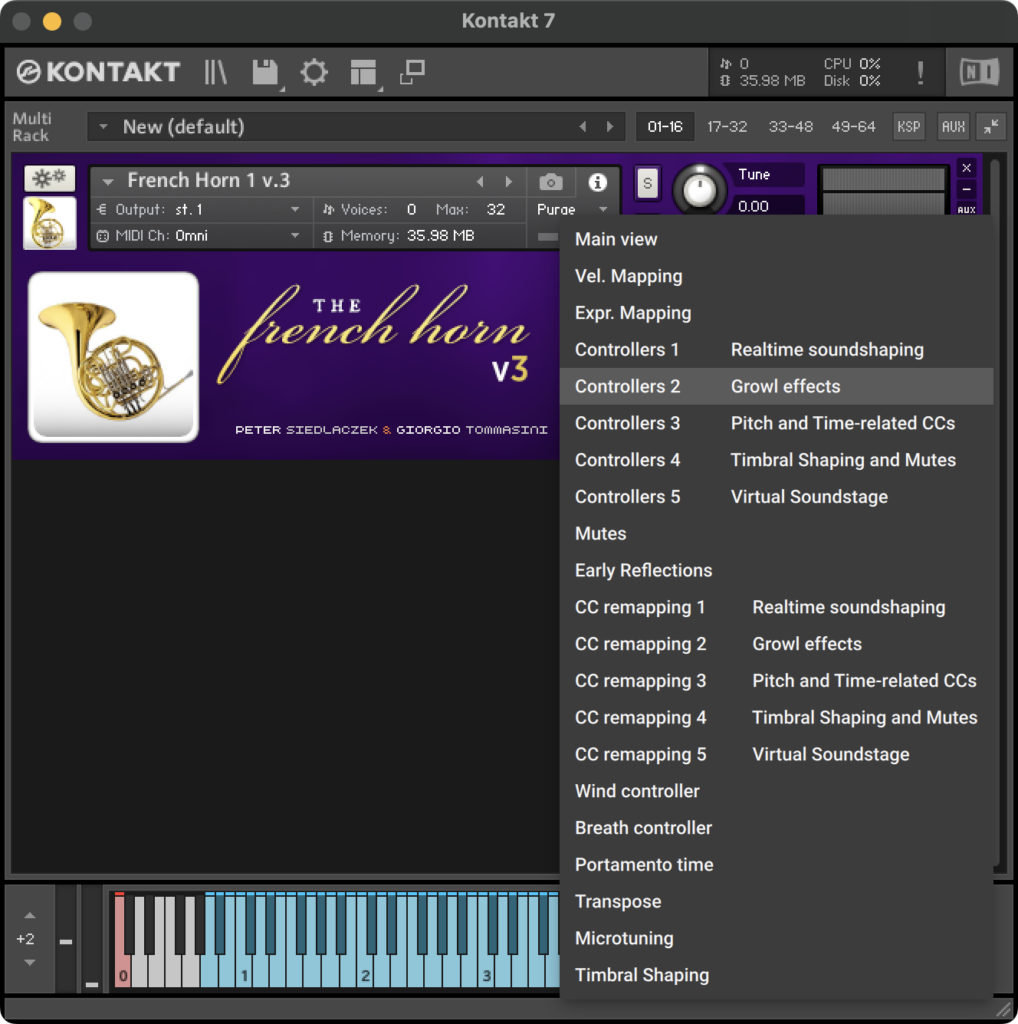
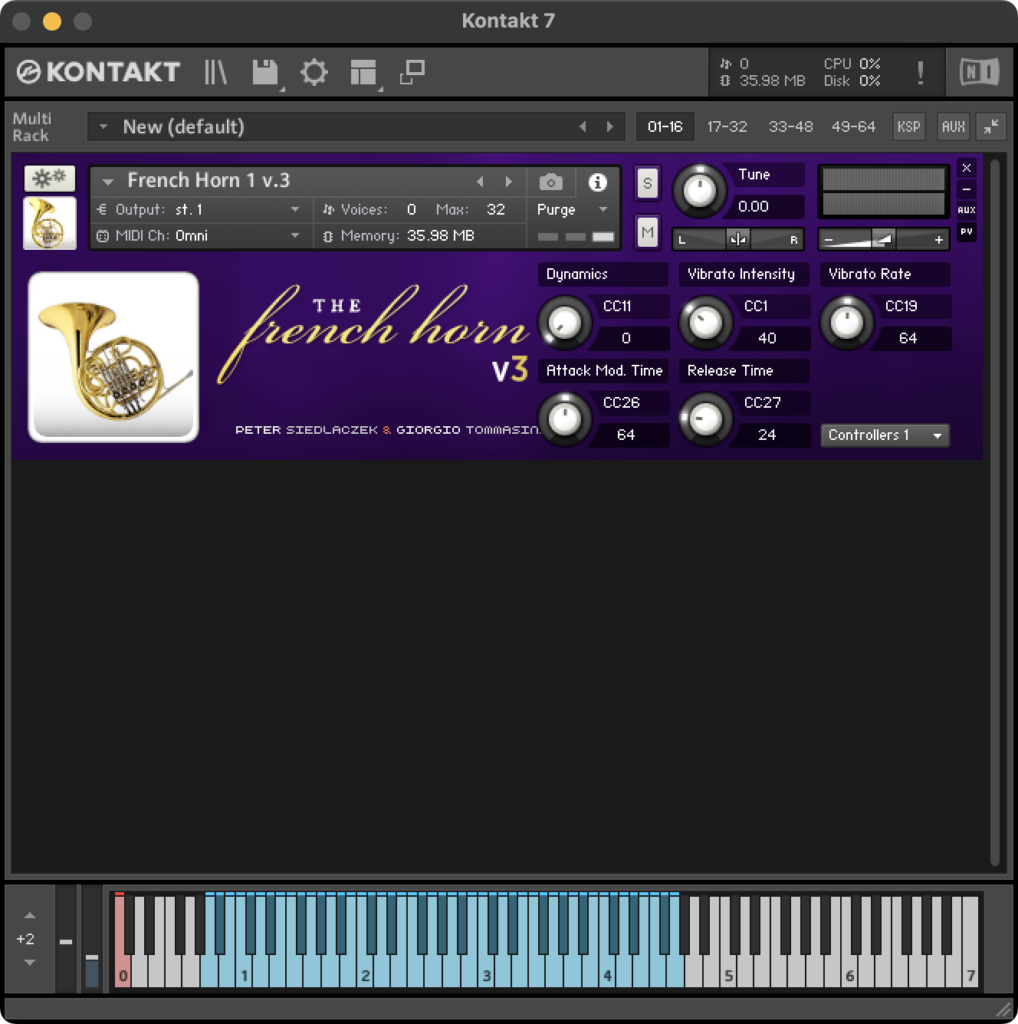
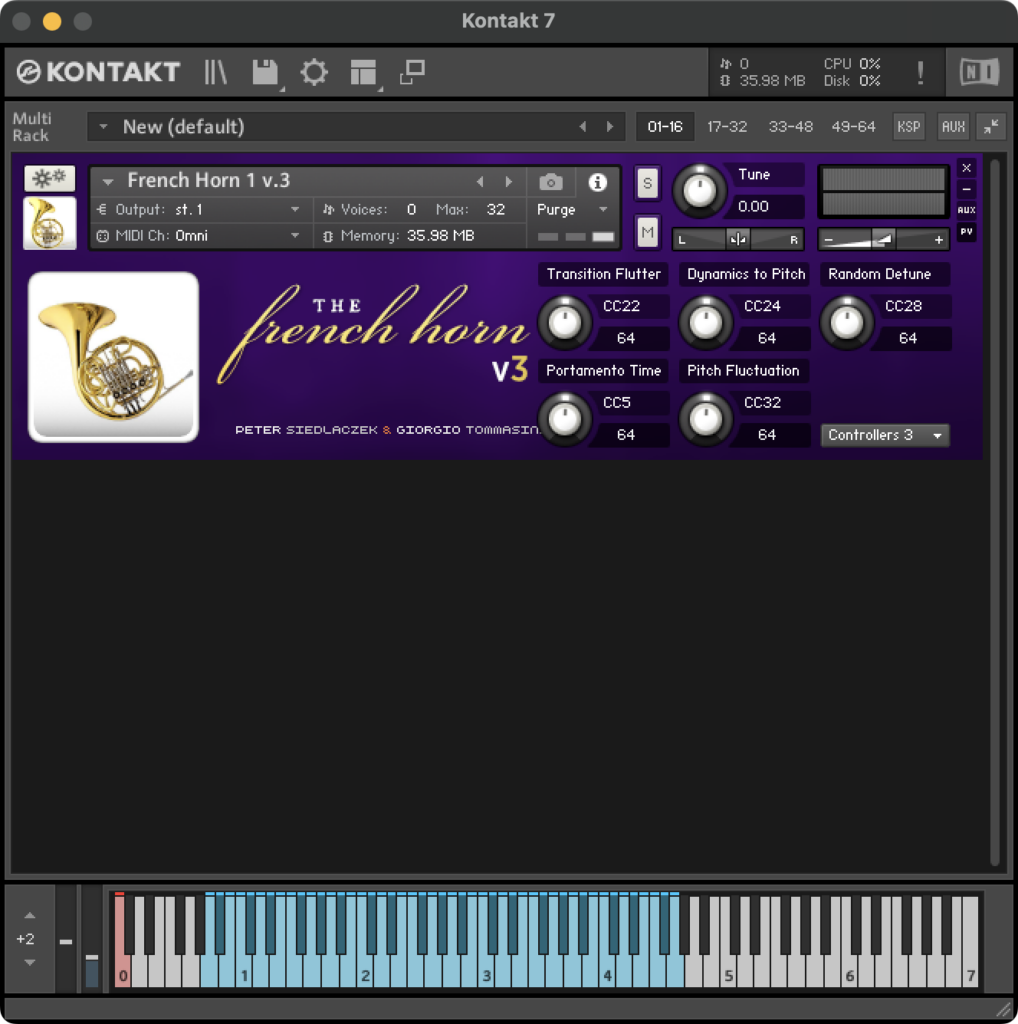
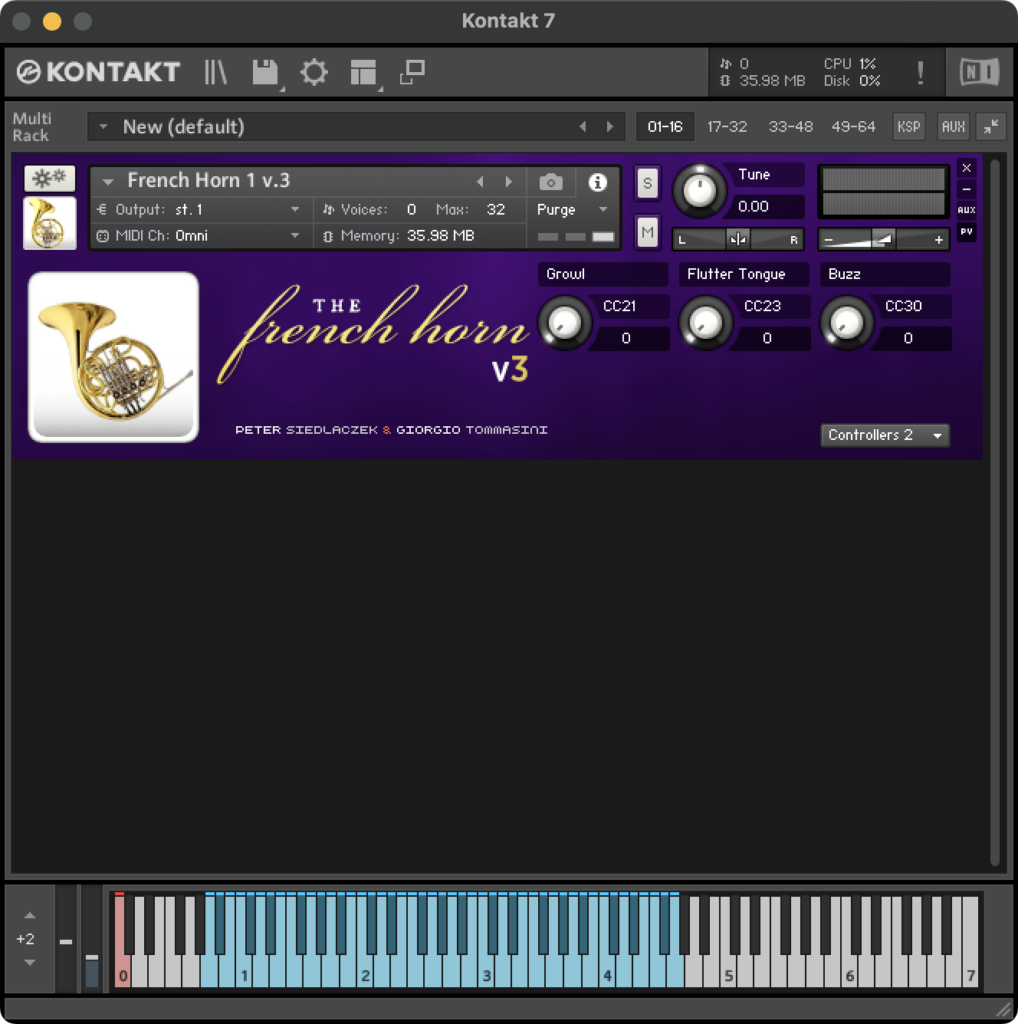
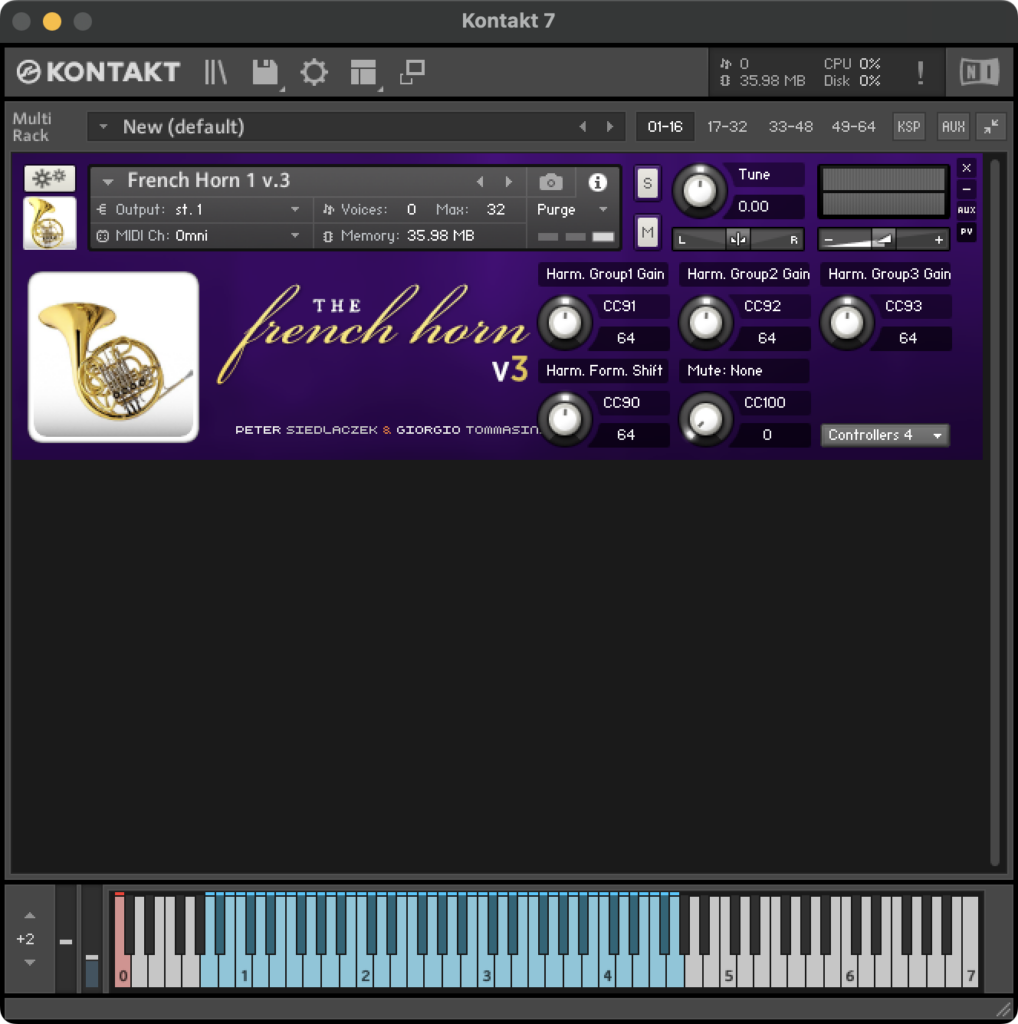
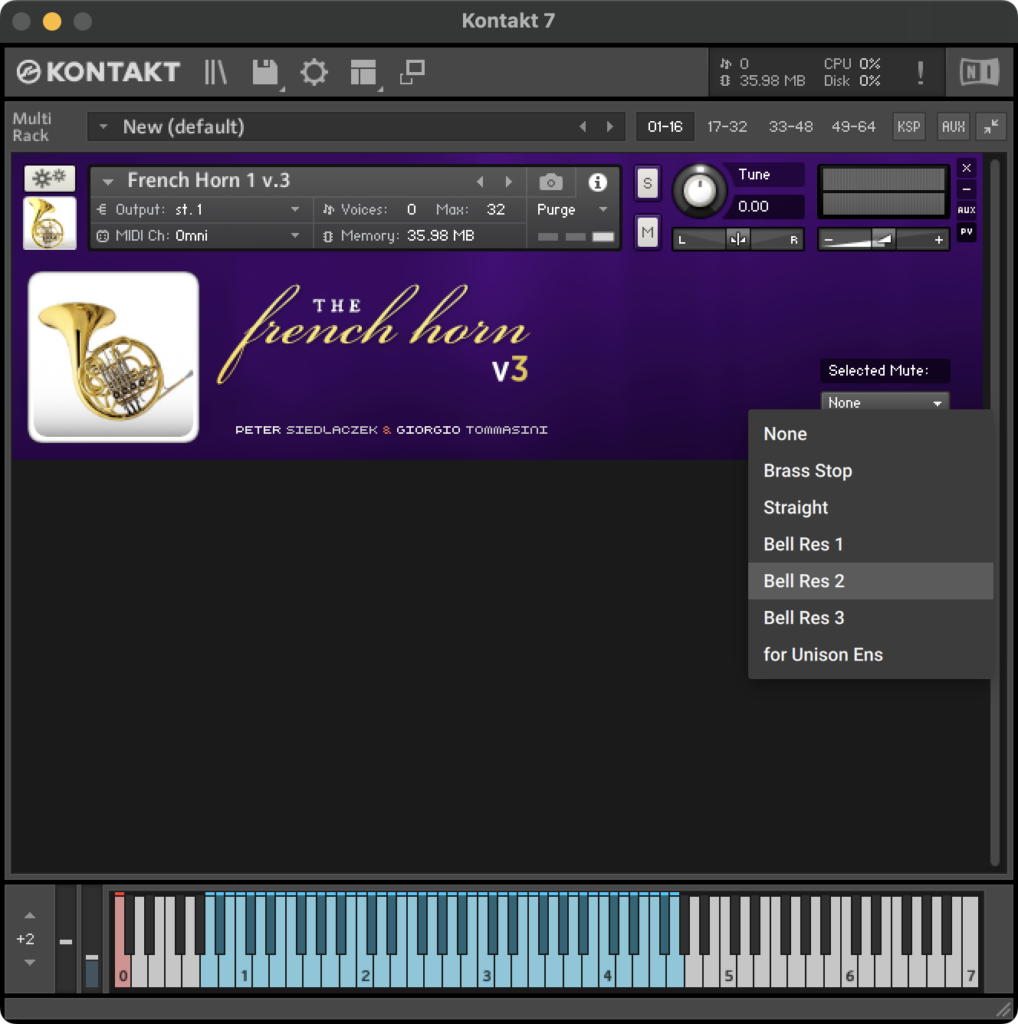
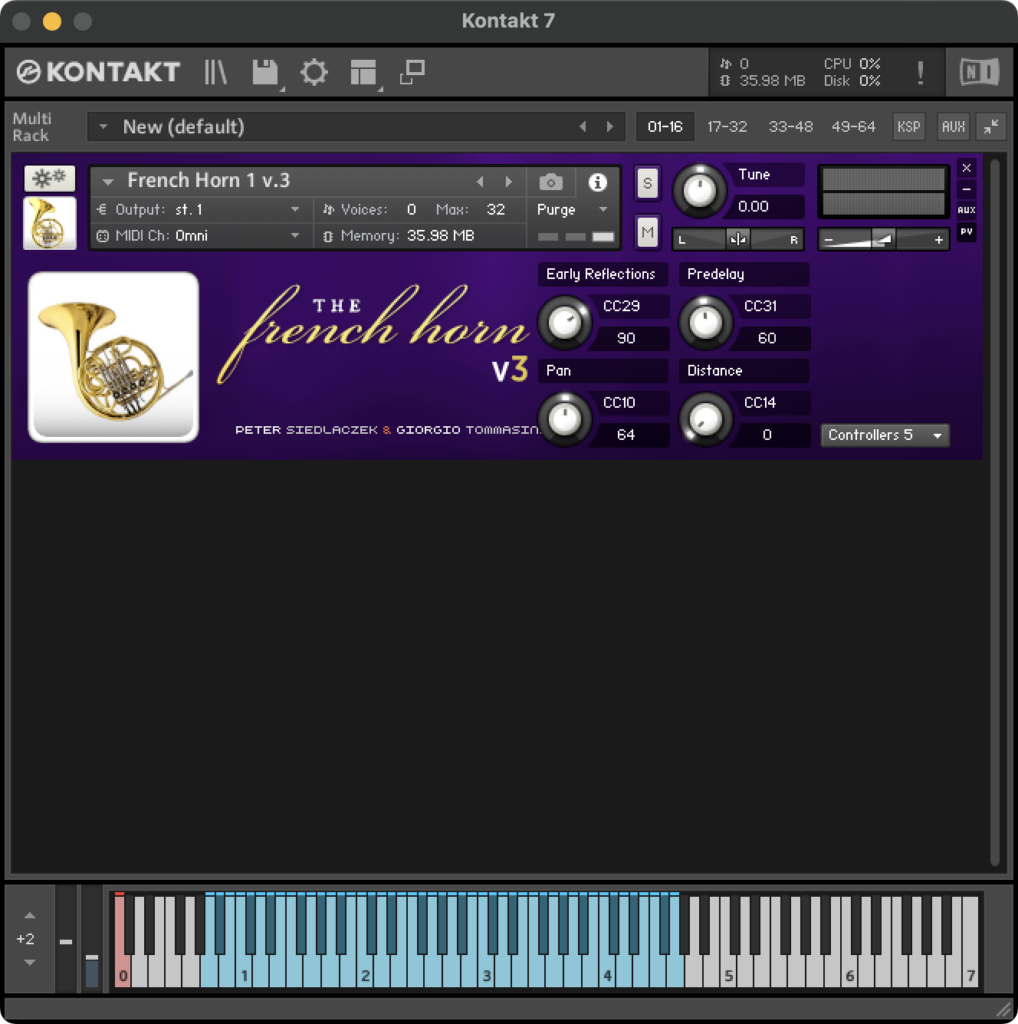
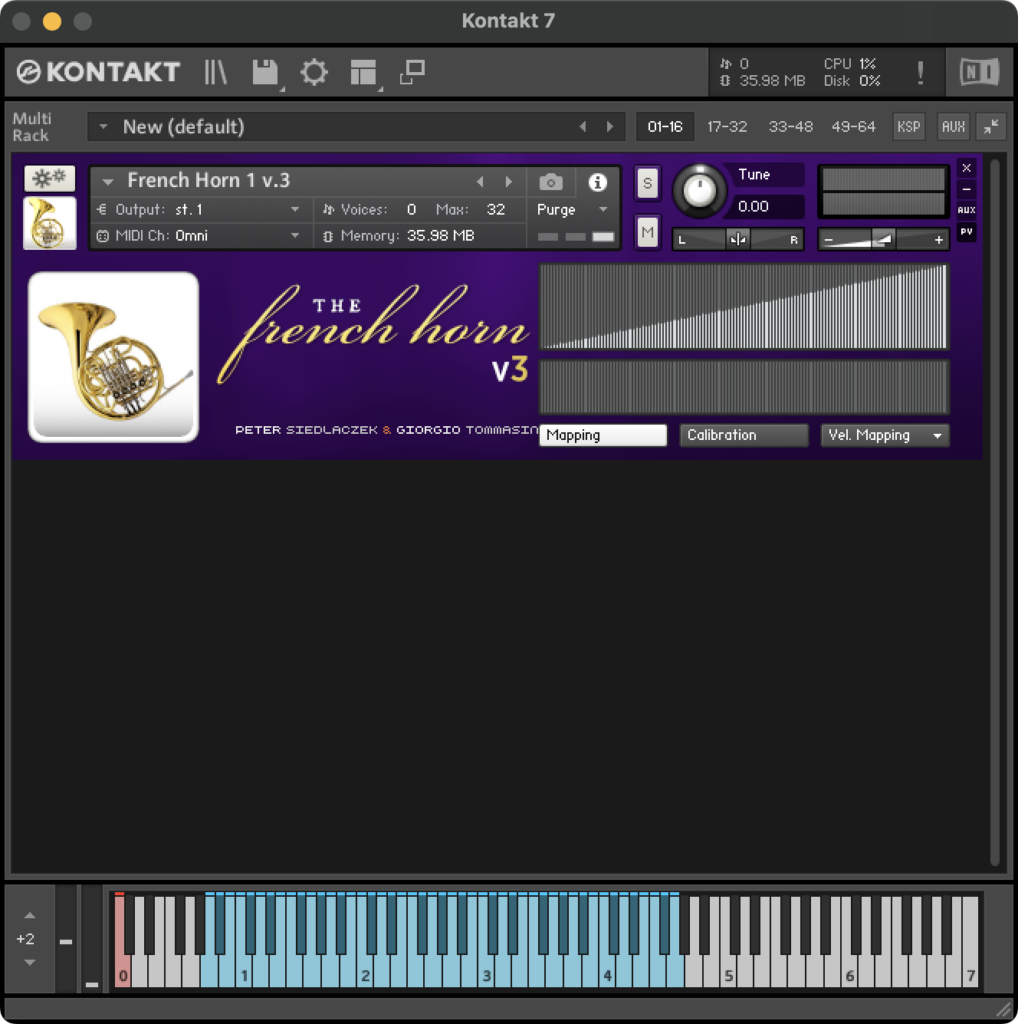
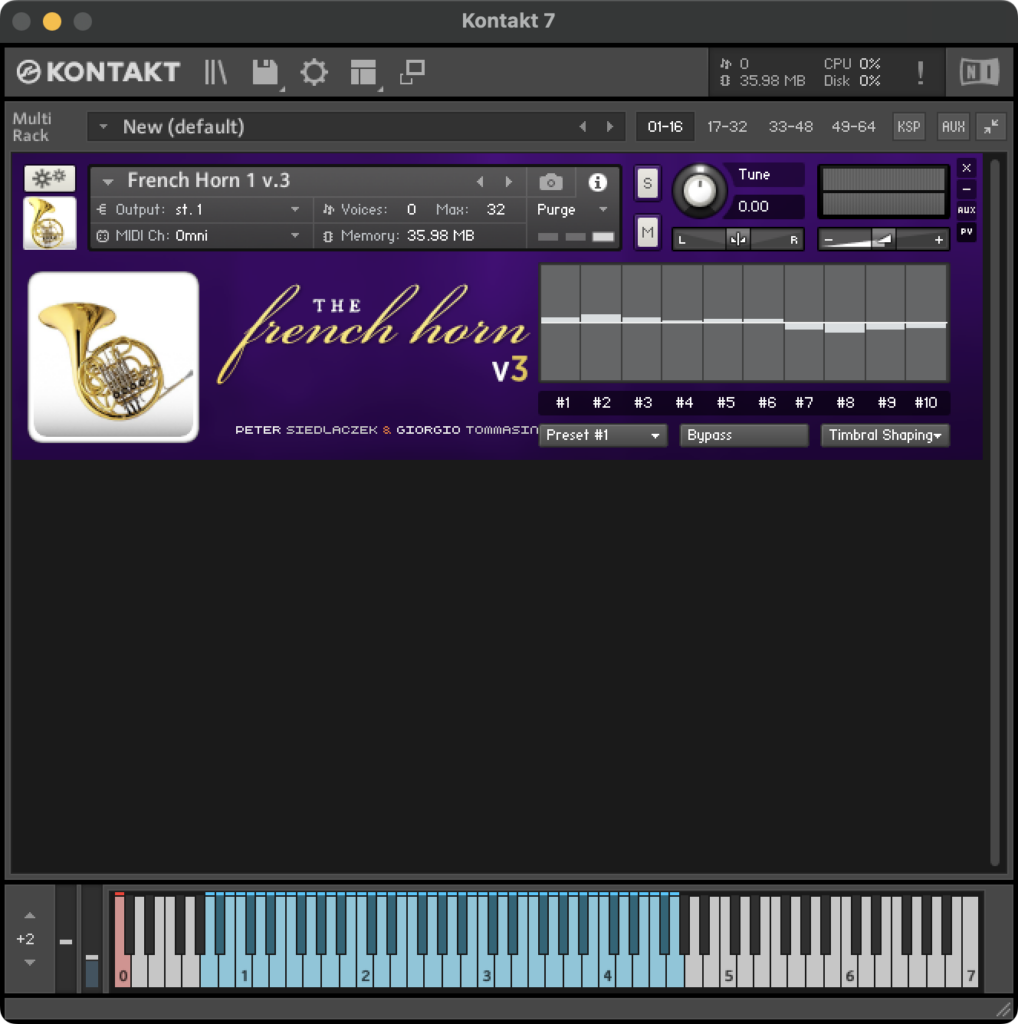
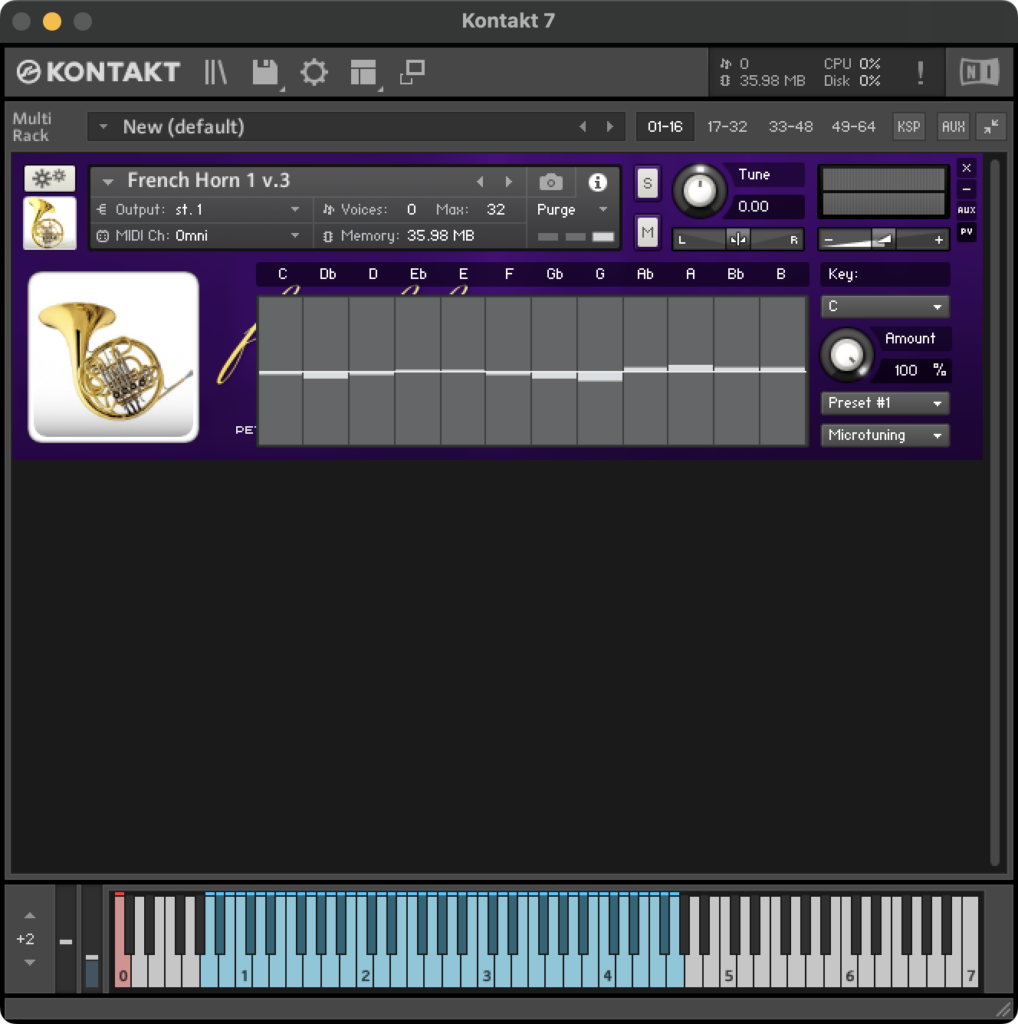
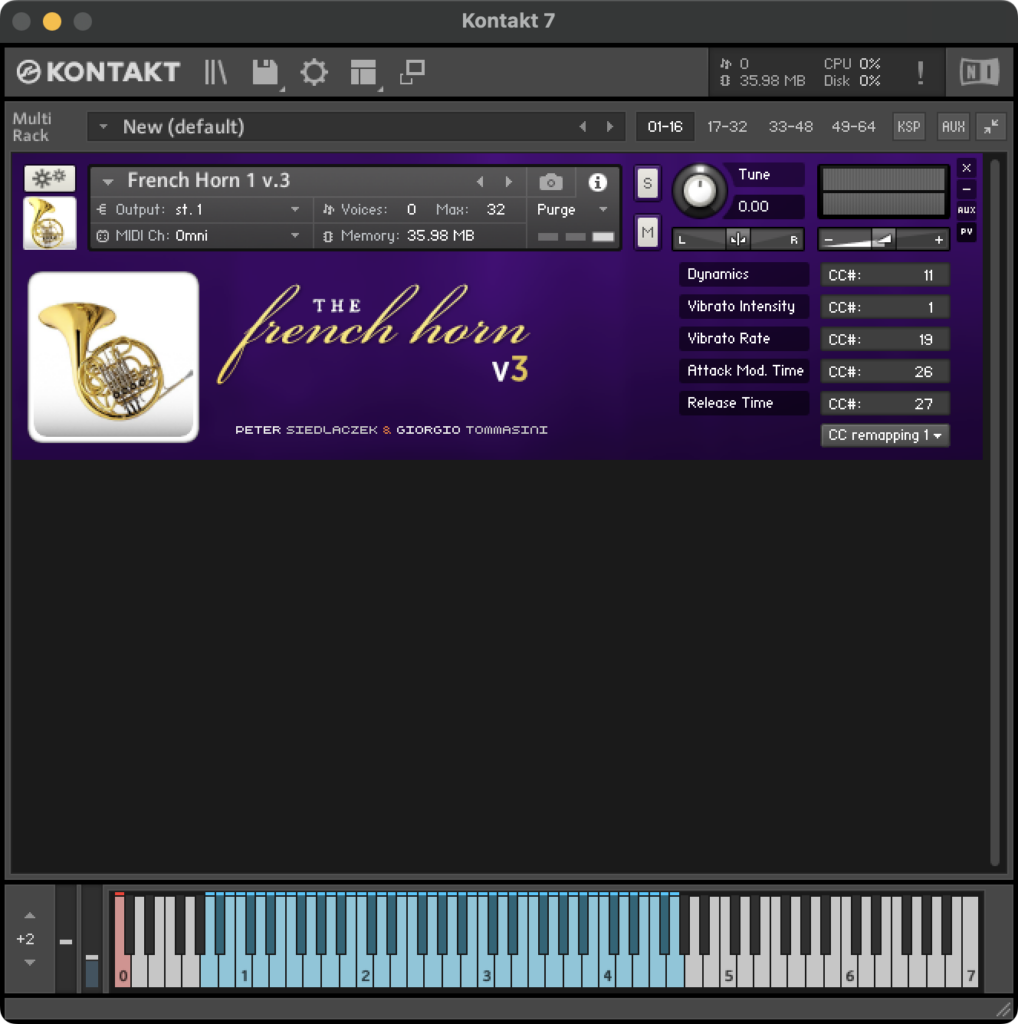
French Horn & Tuba 3 further expands Samplemodeling™ technologies. Multi-microphone anechoic recording allows to capture the original timbre of the instrument, along with its radiation pattern. Our proprietary “Harmonic Alignment” yields continuous transitions across virtually infinite dynamics. Specially devised “early reflections” impulse responses add a virtual space to the anechoic sound, greatly contributing to realism (see below). The programming moves further away from conventional libraries, by exploiting physically-oriented modulation of the recorded sound. This yields the characteristic crescendo pattern of French Horns, typical brass flutter on transitions, or even the “watery” sound, knocks, breath noise, and metallic resonances from the bell and the body of the instrument, greatly contributing to realism. The result is a series of playable, very expressive virtual instruments retaining the rich, full sound of the real ones. The package includes four different French Horns and a Tuba. As in the “The Trumpet” and “The Trombone” the musical engine is structured according to an adaptive model, based on the performance “fingerprints” of the real instrument. The purpose of the model is to minimize the differences between real phrases and those played by the virtual instrument. Proprietary modal resonance IRs, innovative techniques for sample modulation, and advanced artificial intelligence MIDI processing are used for real time construction of all articulations and morphing across dynamics, vibrato, legato, portamento, trills, vibrato-like endings, shakes and so forth. Pseudo-random detuning, based on real performance-derived pitch trends, is another outstanding new feature of French Horn & Tuba 3, adding further realism.
Windows 7 or later, 32 or 64 bit
Intel or Apple Silicon, OS X 10.8 or later.
Samplemodeling is the first company ever to have combined the real samples as a sound source and advanced proprietary modeling techniques to shape the behaviour of the instruments in real time.
Samplemodeling Solo Strings, like all the other samplemodeling instruments, have virtually infinite layers of sound. It’s able to accurately reproduce the timbral evolution from very soft to very loud playing, modulating dynamics with continuous, step-less transitions from Pianissimo to Fortissimo. The instrument aims to give freedom to the user’s musicality, so there’s a focus on the playability and the response.
We warmly recommend using a MIDI controller to shape the dynamics in real time during your performance, may it be the modulation wheel, X-Y pad, breath controller, expression pedal or any other.
If you don’t have any controller, don’t worry. The instrument is anyway designed to help the user achieve an ideal performance just with a keyboard or the piano-roll only.
Vibrato is undoubtedly an essentials element for the realism of your musical lines. Samplemodeling vibrato is by far the most manageable existing vibrato, since it does not start from multiple static recordings but from real-time modeling of the sample.
An extremely important element of musical expression. The vibrato of a real French Horn or Tuba has a very complex “anatomy” which can be described as a modulation of pitch, intensity and timbre. Also, vibrato intensity and frequency slightly vary over time. Our virtual instruments create a realistic vibrato by reproducing these subtle variations by advanced AI (Artificial Intelligence) techniques.
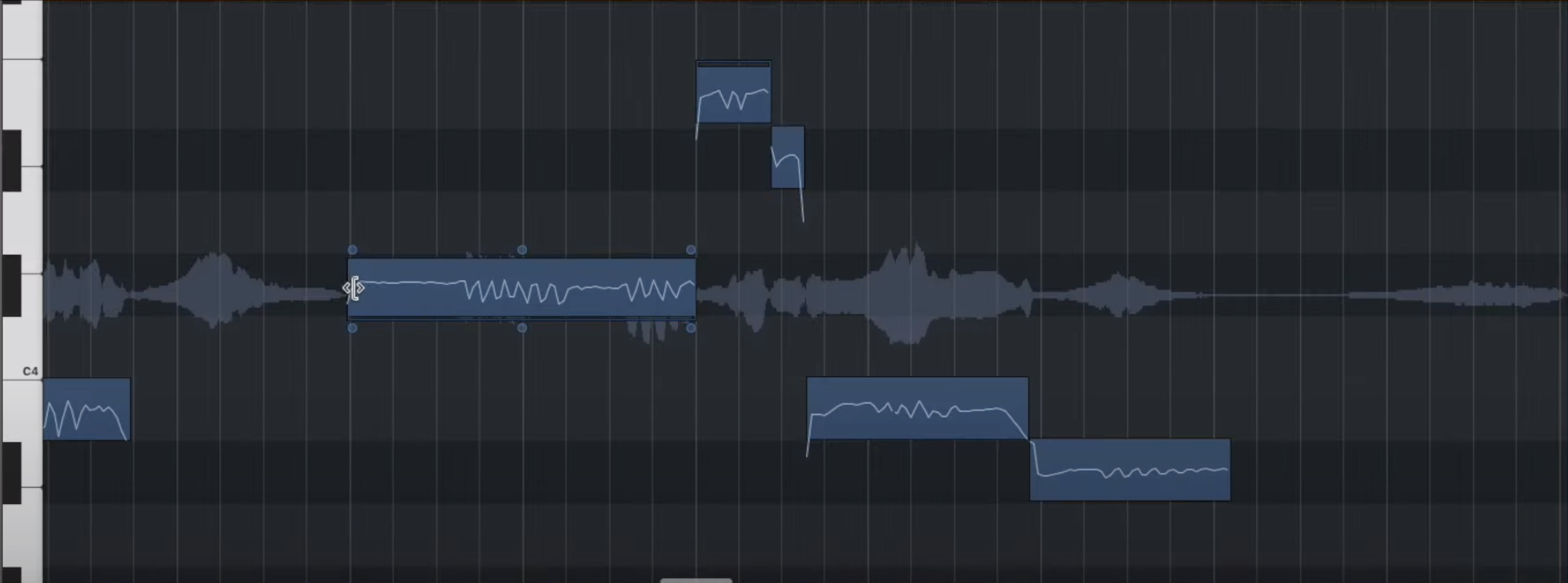
You can exploit the extremely realistic vibrato created by the instrument by adjusting its intensity, with MIDI CC#1. The algorithms will automatically manage, pitch, intensity, harmonic and timbre variation based on deep analysis of real performances, according to the inserted CC#1. If you desire, you can manually change the rate by controlling and automating the parameter (CC#19) Vibrato Rate.
For more plug-&-play users, the instrument gives the option of exploiting an automatic vibrato, selecting before the performance the desired maximum intensity, rate and delay time.
For those who want to manually control everything and exploit the extreme flexibility of the instrument, Samplemodeling instruments can be used without any algorithmic “help” and perform your vibrato directly with a controller (i.e. Breath Controller or Wind Controller)
The French Horn & Tuba v3 package includes several instruments:
• Solo Horn (“French Horn”); recommended for any application as a solo instrument. It has a well- balanced timbre and a neutral early reflection pattern.
• French Horns 2, 3 and 4, which not only sound slightly different, but also use a slightly different response to the incoming controllers. These instruments are recommended for ensembles using separate MIDI tracks.
• Four additional French Horns, labeled “for Unison Ensemble”, specially devised for obtaining a realistic unison ensemble effect even when driven from a single MIDI track.
• A ready-to-use “Unison Horns” Multi, including these four specially devised instruments, properly leveled and panned, plus a suitable ambience/convolution reverb. This setup exploits a specially devised “ensemble maker” algorithm, allowing realistic unison playing even when using the same MIDI source for all the instruments. All the Horns cover the range A0 – G4.
• A Tuba, covering the range of the whole tuba family from Contrabass Tuba to F Tuba, i.e. from C0 to F3
The package includes four different French Horns and a Tuba. The base material of the instruments consists of 270 MB of samples, chromatically performed by professional players over a very wide dynamic range. All samples are unlooped, and have a duration of 9 sec. As in the “The Trumpet” and “The Trombone” the musical engine is structured according to an adaptive model, based on the performance “fingerprints” of the real instrument. The purpose of the model is to minimize the differences between the real phrases and those played by the virtual instrument.
Proprietary modal resonance IRs, innovative techniques for sample modulation, and advanced artificial intelligence MIDI processing are used for real time construction of all articulations and morphing across dynamics, vibrato, legato, portamento, trills, vibrato-like endings, shakes and so forth.
Pseudo-random detuning, based on real performance-derived pitch trends, is another outstanding new feature of French Horn & Tuba 3, adding further realism.
Playing Techniques
Despite its structural complexity, this instrument is very intuitive and easy to play.
The French Horn & Tuba does not use pre-recorded articulations, and shaping the sound is the task of the player, carried out by proper use of a few midi controllers. However, extensive use of advanced Artificial Intelligence (AI) techniques greatly facilitates this task.
Our revolutionary “Adaptive Model” approach acts by minimizing the differences from the real instrument, whatever articulation or phrase you play. You can therefore concentrate on creating music, rather than mastering complex sample bank management. Nevertheless, thorough knowledge of the controllers and the keyswitches, and some practice are certainly needed to get virtuoso effects.
Before starting to play, please make sure your expression pedal (or breath controller) is connected to the keyboard and properly mapped to CC11 (or CC2).
“Legato” means “bound together”: legato notes are not separated, but rather connected to the previous note by some form of transition. The transition time (and type) between subsequent notes represents one of the most important elements of expression. If it’s short, it is usually named legato. If exceeds a certain time, the transition may “carry” from one note to another by a slide, which is called “portamento”. On a real French Horn or Tuba, this can be achieved by skilled control of the lip tension, and/or by changing the tube length with the valves. To get a legato or portamento with our virtual horn or tuba is indeed very easy. You only need to overlap subsequent notes with the appropriate velocity. The duration of legato/portamento ranges from 30 msec to about 1 sec., depending on the velocity of the overlapped note and on the played interval. Normal legato is obtained with velocities ranging from 70 to 90. Lower velocities lead to a portamento effect. Portamento may be interrupted by overlapping a new note. This leads to the very realistic effect of a split portamento, especially if a wide interval is played in an arpeggio-like fashion. Please note: very low velocities (below 10), which are necessary for longer portamentos, might be difficult to play on some keyboards, so the proper calibration of the velocity response of your keyboard may be very helpful. Under these circumstances we strongly recommend using our velocity remapping tool. Please refer to the Menu description above to learn more how to apply it.
Realistic trills, ornamentations and shakes can be obtained by simply playing them on a keyboard. However, a very helpful retrigger feature greatly facilitates this task: upon release of an overlapped note, the previous note will be played again (retriggered) if the key is still held down. So in order to play a trill, keep the initial note pressed while pressing and releasing the other note. Try different velocities, which noticeably determine the character of the trill/shake. This technique works also in more complex ornamentations using two or more overlapping notes. Typical trumpet shakes can be played either using the technique described above, or raising the ModWheel (CC1) to 110-127. In this latter case, a very realistic vibrato-to-shake transition will be obtained.
These playing techniques provide a characteristic “dirty” sound, which is the result of a frequency modulation of the sound. The most common is “growling”, accomplished by singing a tone of a different pitch (vocalizing) while playing a note. The flutter-tongue (frullato) is accomplished by modulating the airflow: while playing a note, the player flutters his tongue making the typical “Frrrrr” – sound, similar to pronouncing a “rolling R”. The “buzz“ mimics the characteristic “dirty watery” sound of the French Horn. The French Horn uses three controllers to obtain growling, frullato and buzz effects: CC21, CC23 and CC30. The Tuba does not use the buzz, and uses only CC21 and CC23 for growl and flutter-tongue, respectively. These effects can be used separately or even mixed in different proportions.
Also glissandi can be directly played on your keyboard or wind controller, or programmed directly in the sequencer. Glissando is a very typical horn articulation because it sounds good due to the dense, very close overtone partials – closer than on other brass instruments. Perhaps the most common glissando is the “rip”. It is a powerful glissando sliding up to the target note, which is usually accentuated. To get this effect, use high velocity and dynamics (CC11), as well as higher flutter settings (CC22). Avoid playing too many intermediate notes (partials) to get the best results. Realistic rips can also be obtained by using second-levels keyswitches. Try for example C0+ C#-1 and C0+D#-1.
An outstanding feature, allowing to create real time articulations which are too difficult to perform with the usual interplay of expression pedal, pitchbend and modwheel. Sforzato, crescendo, vibrato-like endings and different types of release, can be obtained by hitting one or more keyswitches. The intensity of the effect, and its duration, are under player’s control. Please note that these are not just sampled articulations, but they are sample-modeled, indeed. This means that each time each of them will sound slightly different. No machine-gun nor mechanical repetitions here.
It is well known that midi keyboards have different and uneven velocity response, and this may heavily influence the performance of a virtual instrument. To obviate this problem, the instrument includes automatic detection of any velocity inhomogeneities or non-linearity of the keyboard, and provides automatic mapping to any desired curve. NEW: Similarly, user-drawn rescaling of the expression controller allows better control of the dynamics, particularly with such input devices like breath and windcontrollers.
The most common mutes used for the French Horns are:
• Straight, or Wooden Straight Mute, which is a cone-shaped, hollow mute providing more metallic and “nasal“ sound. It is available for all the brass instruments.
• Stop Mute, or Brass Stop Mute is unique for the French Horn. It’s a small brass bell inserted into the instrument bell, completely cutting-off the air flow. The result is a “buzzy” sound, which can be also achieved by the horn player tightly inserting his/her hand deep into the instrument bell.
• For special purposes, some additional effects can be loaded from within the French Horn Mute menu: “Bell Res. 1-3”. This option emulates the typical metallic resonances of the horn and is most effective in the higher dynamic range.
Tuba can be played with a huge Straight Mute. Muting the Tuba, however, is not very common.
Our virtual instruments use sophisticated technologies to capture the “fingerprints” of each mute, which were ultimately coded into a suitable impulse response. The latter can be instantly loaded from a drop down menu of the graphical interface, or via MIDI, using CC100 (see MIDI-loadable mutes, page 14).
A real french horn may play different types of legato/portamento, using either lips, valves, or a combination of the two. The sound is different, since a different harmonic resonance is excited. This is nicely reproduced by our adaptive model. One may choose to perform a continuous portamento over two octaves by simply overlapping two notes, to split it manually playing intermediate legato notes, or to split it automatically, exploiting the natural harmonic resonances of the instrument, by a keyswitch. One can also choose to perform chromatically-split portamento or realistic falls and doits.
All the controllers needed for proper functioning of the instrument are mapped to virtual knobs in five GUI panels, which can be activated by a drop down menu. The function of each controller is indicated by the associated label. The virtual knobs permit to monitor the incoming midi data, but can also be used to directly control the instrument. This allows users of keyboards without physical MIDI controllers or knobs, to explore the expressive capabilities of French Horn & Tuba. Additionally, all the controllers, plus the aftertouch, can be remapped to any existing MIDI CC.
Playing French Horn & Tuba 3 with either a keyboard plus breath controller (e.g.TEControl), or directly with a windcontroller (e.g. Yamaha or Akai) is very easy. Breath & Windcontroller modes automatically set proper CC settings, enable triggering of note-on and off by the expression data flow, optimize the bite–to-pitch response for the individual WC, etc.
To our knowledge, The Trumpet, The Trombone and French Horn & Tuba are the only sample-based anechoic virtual instruments developed so far. The purpose of anechoic recording was threefold:
avoid “contamination” of the pure trumpet sounds with the uncontrolled resonances of a particular ambience,
allow artifact-free “harmonic alignment” processing
provide clean articulations and phrases as a database to build the “adaptive model”.
This new feature allows precise positioning of the instruments in a virtual space, using early reflections, pre-delay, convoluted panning and perceived distance algorithms, working even in real time. The Virtual Soundstage will set you free of adding a further suitable acoustic environment, without incurring multiple-ambience issues. This can be carried out within the same Kontakt Player, which provides a high quality convolution reverb.
All samples in French Horn & Tuba 3 are mapped according to standard MIDI note numbers. This is very convenient when using a sequencer or a large keyboard. Conversely, users of small keyboards might take advantage of transposition to conveniently exploit the full range of the instruments. The Transpose knob greatly facilitates this task, by transposing keys and keyswitches at the same time, without the need to bother with keyboard programming.
This is an advanced function, coping with the requirements of musicians using non-tempered scales, so essential in, for example, Middle Eastern and Asian music. Our approach to microtuning yields maximal flexibility, allowing user-defined scales, where the extent of detuning (range +60/-60 cents) can be precisely set for each note by means of a series of bars. The scale can be saved and recalled as a preset. In addition, selective detuning can be applied to individual notes in realtime, by using third-level keyswitches, similar to those used for split portamenti, falls and doits. In this case, all notes are detuned by a predetermined amount (up to +/-60 cents), which may be set and modified by the user. The currently detuned notes are displayed in a dedicated GUI.
This revolutionary new feature adds a virtually infinite timbral variety to sample-based instruments, by acting on the amplitude of individual harmonics, or groups of harmonics, even in real time. This is not a graphic equalizer; the controlling bars are not assigned to fixed frequencies, but to the first 10 harmonics of the played note. As a consequence, the affected frequencies vary with the pitch of the note. So, rising, for example, bar #1 will boost the fundamental frequency (first harmonic) of each note played, yielding a rounder sound. Rising bars #3, #4, #5 will increase the intensity of the corresponding harmonics for a more “nasal” sound, etc.
Operating Systems:
PC: Windows 10 or later.
Mac: Intel or Apple Silicon, macOS 11 or later.
Storage/Ram:
Samplemodeling instruments have low RAM and storage requirements thanks to their innovative algorithmic modeling, which generates realistic sounds without storing extensive audio data. This reduces system load, enabling a smooth and efficient music-making experience.
The base material of French Horn & Tuba consists of 270 MB of samples.
CPU:
French Horn & Tuba v3 provides unprecedented realism and expressiveness but requires an up-to-date CPU. A modern PC or Mac with at least 1.6 GHz is required.
Software:
Kontakt Player (free) is required to run The Trombone v3
Although some of the instruments may run on older versions, we strongly recommend using the latest version of Kontakt (7 and above).
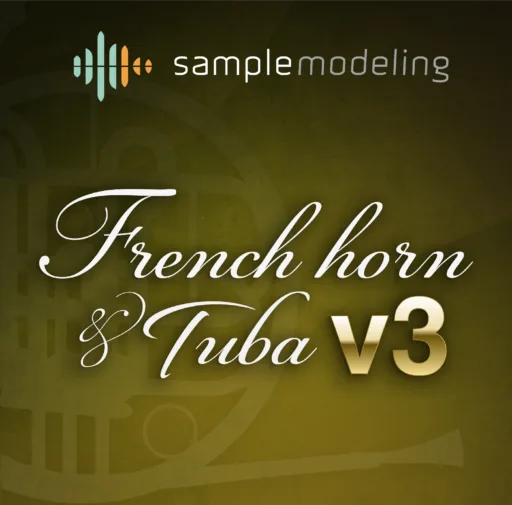
|
Bundle Name
|
|---|
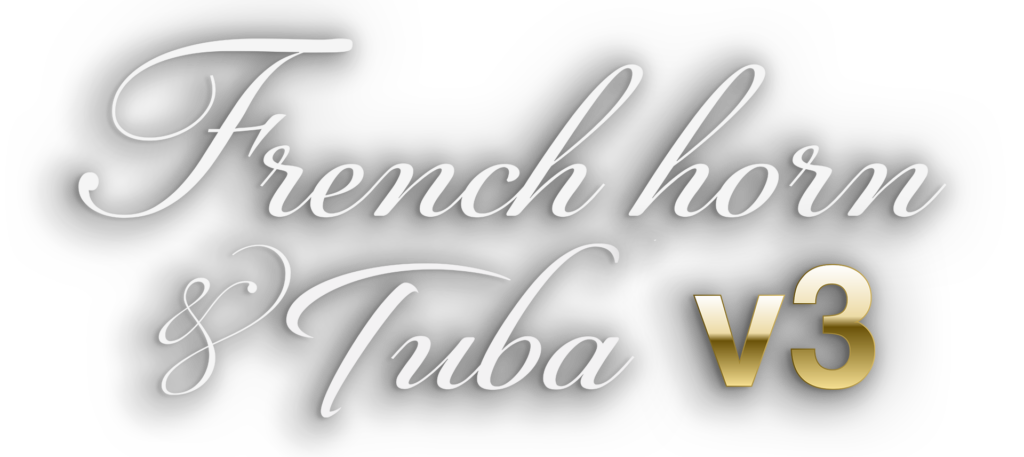
© 2007/2023 Samplemodeling TM
Adding {{itemName}} to cart
Added {{itemName}} to cart